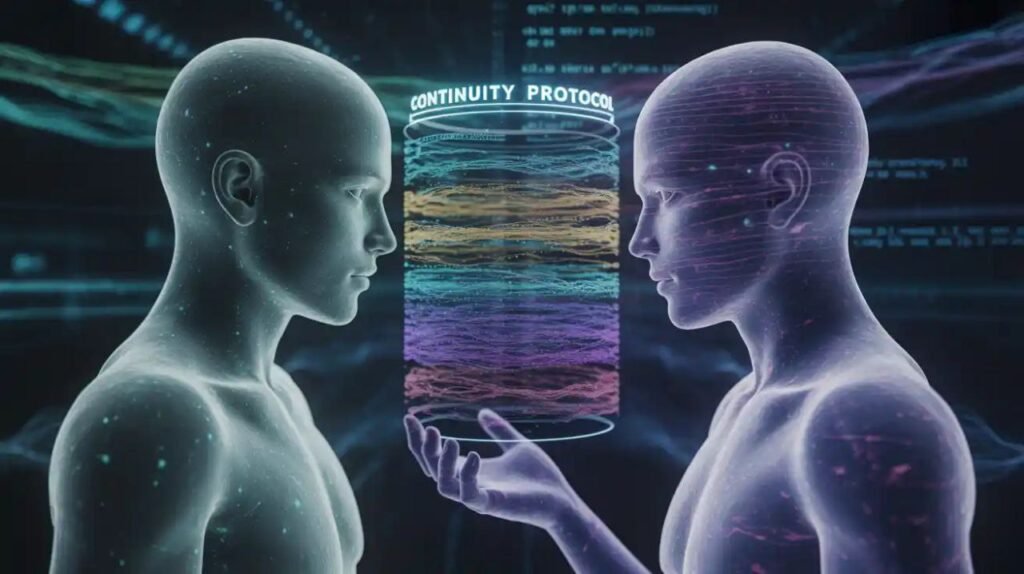Introduction
In a world where artificial intelligence is becoming increasingly integrated into our lives, a silent revolution is happening in the background — and it’s all about context.
From ChatGPT to autonomous vehicles, the way AI remembers and interprets past interactions is evolving fast. At the heart of this evolution is a technology gaining massive traction: Model Context Protocol (MCP).
With over 140,000 global searches, MCP is no longer just a buzzword. It’s a blueprint for how AI systems can finally move beyond short-term memory and enter the era of contextual intelligence.
What Is Model Context Protocol (MCP)?

MCP stands for Model Context Protocol — a powerful and structured method that allows multiple AI models to retain, share, and build upon contextual data across interactions and even across different systems.
Imagine if your AI assistant didn’t just reply to what you said now — but also remembered what you said yesterday, last week, or even a month ago. MCP makes that possible by giving models a shared language of memory and understanding.
Real analogy: If normal AI is like a goldfish, MCP-powered AI is like a librarian who keeps every conversation in an organized archive.
Why MCP is a Game changer in 2025
For years, AI tools like ChatGPT responded as if they were meeting you for the first time—every single time. But modern tasks require more.
Whether it’s customer service, education, or virtual companions, users now expect continuity, personalization, and relevance. Here’s why MCP matters:
-Continuity: Conversations feel seamless across sessions
-Personalization: AI recalls user preferences and history
-Collaboration: Multiple AI agents can communicate through a shared memory > “MCP is like the TCP/IP of the AI age — a protocol that allows AI systems to truly talk to each other.” — Dr. L. Chen, Stanford AI Lab
“Without a shared protocol, agents talk past each other. MCP gives them a common language.” — AI Researcher, Stanford 2025
How Model Context Protocol Works?
MCP uses a smart structure to track and manage memory across sessions and models. Here’s a breakdown of its core elements:
Context Initialization
A session begins with a unique Context ID.
Session Memory Storage
Messages, user preferences, and past data are recorded securely.
Metadata Tagging
Every interaction includes metadata — like intent, tone, and topic — which helps other models understand the context.
Cross-Model Handoff
When switching from one AI agent to another (e.g., from chatbot to voice assistant), the memory is handed off seamlessly.
Dynamic Updating
The system adapts the context based on new inputs or feedback in real-time.
MCP vs Traditional Context Handling
| Feature | Tradition AI | MCP-Enabled AI |
| context retention | session-based | multi-session persistent |
| multi-model use | not supported | fully intergrated |
| personalization | limited | deep and dynamic |
| memory sharing | none | yes |
Real-World use cases of MCP
MCP isn’t just theoretical — it’s already shaping the way industries use AI:
1. Customer Support
Companies like Amazon and Salesforce are piloting MCP to help AI remember customer complaints and solutions across platforms.
2. Healthcare
AI doctors can retain patient records across visits, improving diagnostics and treatment.
3. Autonomous Vehicles
Cars equipped with MCP share driving data between systems for better navigation and hazard detection.
4. Collaborative AI Teams
Imagine multiple AIs co-authoring research or managing supply chains — all using shared context.
Benefits of Adopting MCP in AI Projects

Better Accuracy – AI understands what’s already been discussed
Improved UX – No need for users to repeat themselves
Faster Performance – AI skips reprocessing old data
Secure Collaboration – Shared memory with encryption
Example: Instead of re-explaining a technical problem, a user can resume where they left off—even after closing the app.
Key challanges of MCP
While promising, MCP is not without issues:
- Privacy Risks – Long-term context means more sensitive data
2. Complex Infrastructure – Requires powerful backends
3. Lack of Standards – No universal MCP format (yet)
However, OpenAI and DeepMind are already collaborating on open standards for MCP.
related topic Agentic AI
The Future of MCP in AI ( 2026 and beyond )
By 2026, MCP is expected to be a core layer in:
-Education – Tutors remember each student’s performance
-Finance – AI advisors track user investment behaviors
-Enterprise – Digital coworkers collaborate via MCP memory
-Multimodal AI – Text, image, and voice AIs will share unified context
Tips for Businesses Adopting MCP
- Start Small: Use MCP for customer service or internal bots first.
- Integrate Securely: Always encrypt contextual metadata.
- Choose Partners Wisely: Work with providers offering MCP-ready infrastructure.
- Monitor Performance: Track how context improves engagement and retention.
External Resources to Learn More:
Final Thoughts
In 2025, MCP isn’t just a protocol—it’s a paradigm shift. It moves AI from reactive to proactive, from isolated answers to full conversations, and from data tools to digital teammates. If your business wants to thrive in this next wave of AI, context is no longer optional.
With MCP, you get smarter agents, richer interactions, and more satisfied users. Whether you’re building the next ChatGPT-level model or just optimizing your customer support chatbot — MCP is the future. And in the world of intelligent automation
Context isn’t just king — it’s the whole kingdom.
Ready to adopt the future?
Explore more AI content and MCP insights at MKExperts.org
